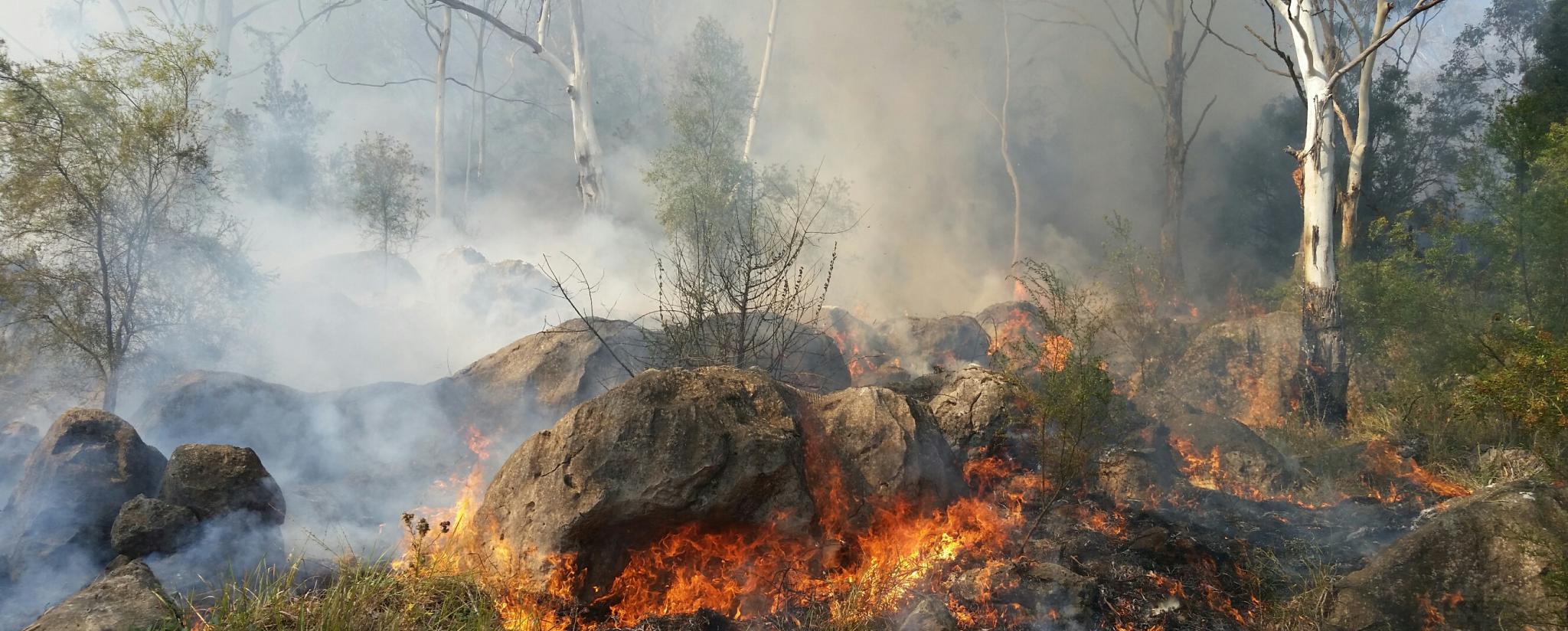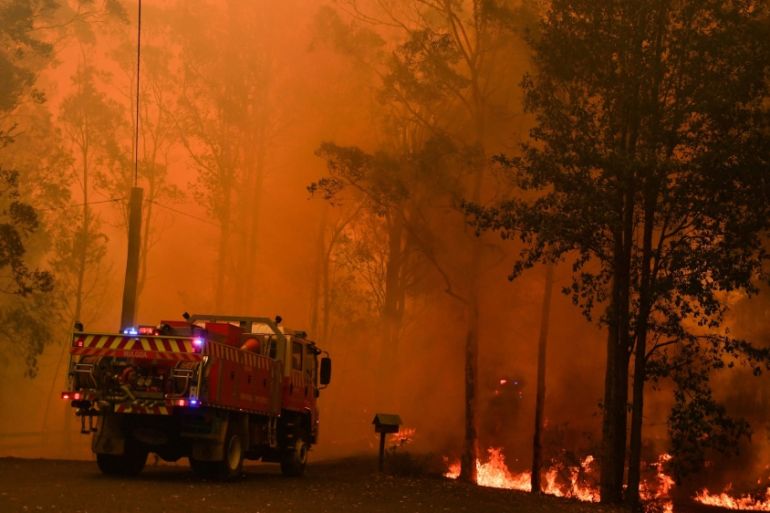Untangling the Relevance of a Detailed BAL Report for Your Home
Untangling the Relevance of a Detailed BAL Report for Your Home
Blog Article
Importance of BAL Report in Ensuring Bush Fire Protection
In the realm of bushfire defense, the relevance of a Bushfire Attack Degree (BAL) record can not be overemphasized. This essential file functions as a foundational device in evaluating the possible danger a property may deal with during a bushfire and plays a pivotal role in establishing the needed safety procedures to protect buildings and lives (BAL Report). However, the real value of a BAL report extends past a mere evaluation; it serves as an assisting light for building owners and authorities alike, offering insights right into enhancing building strength and guaranteeing effective fire defense.
Recognizing Bushfire Attack Degrees
The comprehension of Bushfire Strike Degrees is important for analyzing the prospective threat and effect of bushfires on a property. Bushfire Strike Degrees (BAL) are a means of gauging the seriousness of a building's possible exposure to ember strike, radiant warmth, and direct flame call in a bushfire. Comprehending the various BAL groups is essential for residential property owners, designers, and contractors in developing and constructing structures that are much more durable to bushfires.
By recognizing these degrees, residential property owners can make informed choices concerning bushfire defense actions, such as installing ember guards, making use of fireproof structure materials, and keeping clear defensible space around the home (BAL Report). On the whole, a thorough understanding of Bushfire Attack Levels is crucial for effective bushfire planning and protection.
Assessing Home Risk Levels
After understanding the effects of Bushfire Assault Levels, the following vital step is evaluating the danger degrees related to individual residential or commercial properties. Evaluating building threat degrees includes an extensive assessment of various elements that can influence the susceptibility of a building to bushfires. These elements include the proximity of the residential property to bushland or vegetation, the type and condition of bordering greenery, the slope and aspect of the land, dominating climate conditions, and the visibility of flammable products near the building.
Residential property danger evaluations are crucial in figuring out the degree of bushfire protection procedures that require to be implemented to secure the residential property and its residents. By precisely analyzing the threat levels, homeowner can make enlightened choices relating to bushfire prevention methods, such as greenery administration, developing design alterations, and the installment of fire-resistant materials. Additionally, residential or commercial property threat analyses play a vital function in the development of emergency situation feedback plans and evacuation procedures in the occasion of a bushfire.
Carrying Out Safety Procedures
Upon finishing building risk assessments, the following critical stage includes the implementation of safety procedures to boost bushfire defense. Executing safety procedures is vital for protecting properties and making sure the safety of individuals throughout bushfire events.
Routine maintenance of safety procedures is equally vital to ensure their efficiency throughout a bushfire. click This includes routinely fixing and checking ember guards, conducting greenery administration to lower gas tons, and screening firefighting devices such as tubes and pumps. By diligently applying and keeping these safety actions, property owners can considerably increase their durability to bushfires and decrease possible damage and loss.

Enhancing Residential Property Durability
Enhancing property strength versus bushfires rests on the positive implementation and maintenance of safety measures targeted at strengthening defenses and lessening prospective threats. Homeowner can improve strength by producing and preserving defensible areas around their buildings. This includes on a regular basis getting rid of completely dry greenery, next page preserving a well-irrigated garden, and having a strategic design that lowers the risk of fire spread. In addition, mounting cinder guards on home windows and vents, utilizing fire-resistant structure products, and guaranteeing correct maintenance of roofs and gutters can dramatically improve a home's capacity to stand up to a bushfire.
Education and preparedness additionally play an essential role in enhancing building resilience. Homeowner should develop and practice a bushfire emergency strategy, conduct normal fire drills, and make sure all locals recognize how to react in situation of a bushfire. Staying educated concerning fire threat ratings, climate condition, and discharge routes is vital for making prompt decisions to safeguard life and home. By taking positive actions, homeowner can considerably enhance the strength of their homes versus the danger of bushfires.

Ensuring Efficient Fire Security
Applying durable fire defense actions is necessary for securing residential or commercial properties versus the destructive influence of bushfires. In addition, mounting fire-resistant products on the residential property, such as fireproof roof covering and ember-proof screens on home windows, can considerably minimize the danger of fire damage.
Moreover, click for more having an emergency situation action strategy in position is crucial for ensuring effective fire defense. This strategy must lay out evacuation treatments, communication procedures, and assigned meeting points for residents. Routine training and drills must also be conducted to make sure that all locals are prepared to react quickly and safely in case of a bushfire.
Verdict
In conclusion, the BAL record plays an essential function in making certain reliable bushfire protection by evaluating home risk degrees, carrying out protective measures, and enhancing residential property durability. Recognizing Bushfire Attack Degrees is crucial in determining the level of risk a residential property deals with throughout a bushfire.
By recognizing these levels, residential or commercial property proprietors can make educated choices regarding bushfire security measures, such as mounting ash guards, using fireproof structure materials, and maintaining clear defensible room around the property. Evaluating home risk levels includes a thorough analysis of various aspects that can influence the susceptibility of a property to bushfires.Residential property risk analyses are essential in figuring out the level of bushfire security actions that require to be applied to guard the residential or commercial property and its owners. By taking aggressive procedures, home proprietors can significantly enhance the durability of their residential properties versus the risk of bushfires.
In verdict, the BAL report plays a critical role in making sure reliable bushfire security by assessing building danger degrees, applying safety actions, and boosting residential property strength. (BAL Report)
Report this page